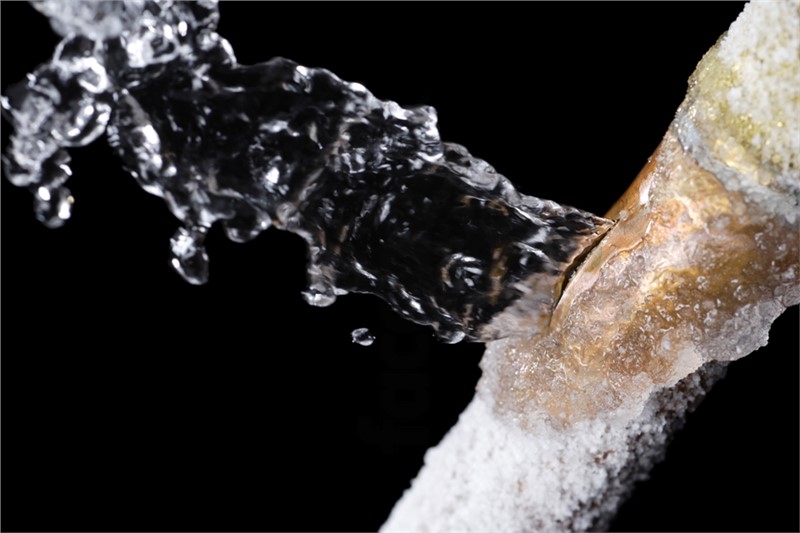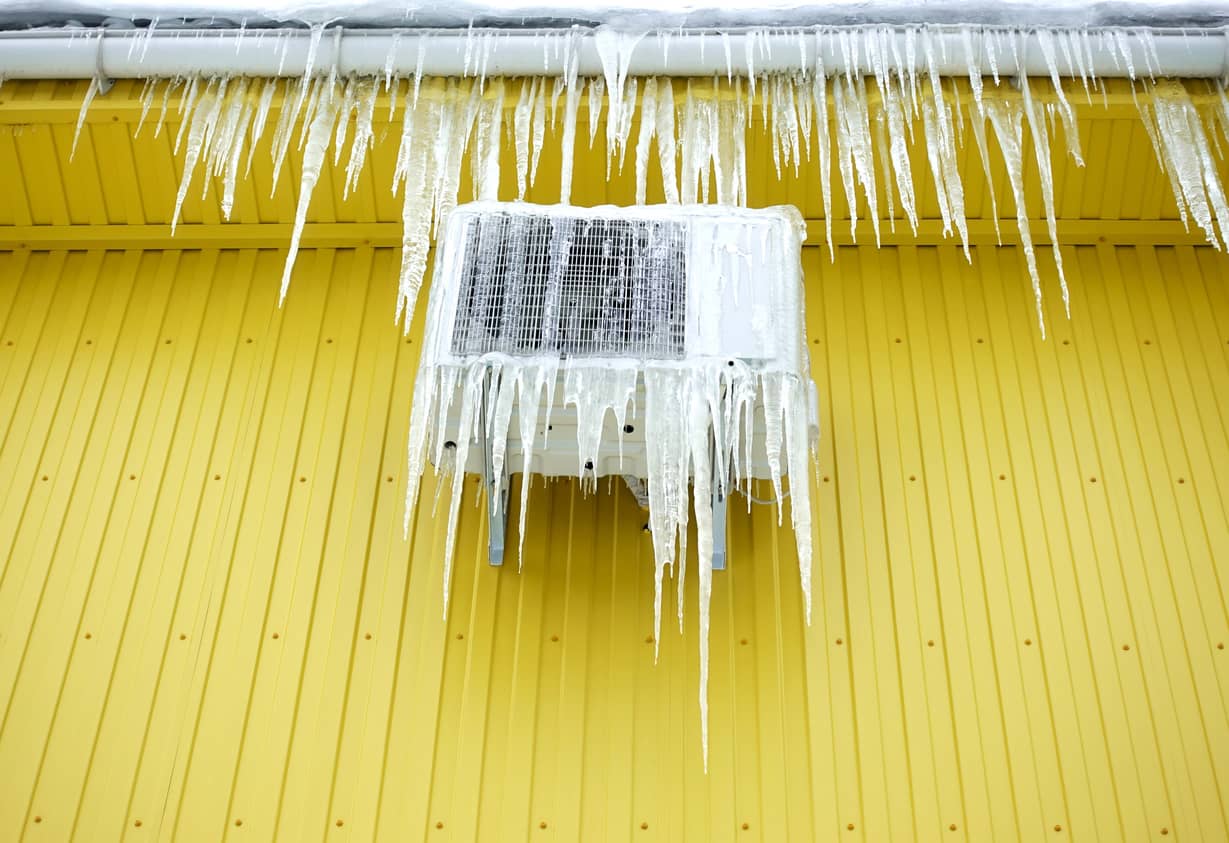Here in the next paragraph you will discover additional reliable points relating to How can I fix an air conditioner’s frozen pipe?.

Introduction
Uncovering that your air conditioner pipeline is iced up can be concerning, specifically during warm summer months when you count on your ac system one of the most. Understanding what to do in such a situation is vital to avoid more damage to your air conditioning system and guarantee your comfort indoors.
Understanding the Causes
Several elements can add to the cold of an air conditioning pipeline. Comprehending these reasons can help you attend to the issue effectively.
Absence of Airflow
One usual source of an icy air conditioner pipeline is inadequate air movement. When the airflow over the evaporator coil is restricted, it can cause the coil to go down below freezing temperature level, resulting in ice formation on the pipe.
Reduced Refrigerant Levels
Not enough cooling agent degrees in your air conditioner system can additionally result in a frozen pipeline. Reduced cooling agent degrees can cause the pressure in the system to go down, bring about the freezing of dampness on the evaporator coil.
Winter Conditions
In chillier environments, freezing temperatures outside can add to the cold of air conditioner pipelines. If your air conditioner device is not correctly protected or if there are leakages in the ductwork, cold air can penetrate the system, triggering the pipe to ice up.
Dirty Air Filters
Unclean or clogged up air filters can limit air flow in your air conditioner system, causing various problems, including a frozen pipe. It's essential to replace or clean your air filters consistently to guarantee proper airflow and prevent ice buildup.
Indications of a Frozen AC Pipe
Identifying the signs of an icy air conditioning pipe is critical for timely action.
Reduced Airflow
If you see a considerable decrease in air flow from your vents, it could suggest a frozen pipe.
Ice Buildup on the Pipe
Noticeable ice build-up on the refrigerant line or the evaporator coil is a clear sign of a frozen air conditioning pipe.
Unusual Sounds from the Unit
Uncommon audios, such as hissing or gurgling, coming from your AC system can indicate that there's ice existing on the pipeline.
Immediate Actions to Take
When confronted with an icy a/c pipe, it's vital to act swiftly to stop further damages to your cooling system.
Turning off the AC
The very first step is to turn off your air conditioner to prevent the system from running and worsening the problem.
Checking for Blockages
Inspect the area around the interior system for any type of obstructions that may be blocking air flow, such as furnishings or drapes.
Thawing the Pipe
You can use mild approaches like positioning towels soaked in warm water around the icy pipe to help thaw it gradually.
Safety nets
Taking preventive measures can aid prevent future incidents of an icy air conditioner pipeline.
Regular Maintenance Checks
Arrange routine maintenance checks with a professional HVAC technician to ensure that your a/c system is running successfully.
Altering Air Filters
Routinely replace or clean your air filters to prevent air flow restrictions and preserve optimum performance.
Shielding Exposed Pipes
If your air conditioning pipes are exposed to cool temperature levels, take into consideration shielding them to avoid cold during winter season.
Seeking Professional Help
If DIY approaches fall short to fix the problem or if you're unclear about how to continue, it's finest to look for aid from a qualified HVAC service technician.
When DIY Methods Fail
If your attempts to thaw the pipeline or address other issues are unsuccessful, it's time to hire a professional.
Relevance of Hiring a Professional HVAC Technician
A qualified HVAC service technician has the knowledge and tools essential to identify and fix issues with your AC system safely and properly.
Conclusion
Taking care of a frozen AC pipe can be an aggravating experience, but recognizing how to react can help reduce damages and restore convenience to your home. By recognizing the reasons, identifying the indications, and taking timely action, you can efficiently attend to the issue and avoid future incidents.
G UP? HOW TO FIX IT?
It happens all over America. And the rest of the world probably. It’s the hottest day ever and for some darn reason your AC isn’t cooling the house. You fiddle with the thermostat to try and fix the problem. Nada. All you can do now is go outside and check the AC unit. You make your way there and find your air conditioner unit is frozen! But how?
In this post we’ll cover how you can tell that your air conditioner has frozen (other than the obvious reasons), what could have caused the freeze, and some of the things you can do about your AC freezing up. And if you have a frozen heat pump condenser, read our blog about it to learn what to do! But remember, it is always best to avoid your AC freezing up with an AC tune up. And if you are moving into a home, it's critical to get HVAC inspection so that you are aware of an AC problems before you move in.
Keep reading and you may be able to fix the frozen AC yourself. If you can’t, call an HVAC specialist. If you live in Maryland, call SuperTech HVAC for AC repair. We’ll take care of it.
How Does An Air Conditioning Unit Work?
How you probably imagine an AC works is wrong. Contrary to popular belief, an AC system does not inject cool air into a building. Instead, it removes the heat from inside and transfers it outside. Cool huh? (Pun intended).There are 4 major components among the 3 stations of an air conditioning system: the evaporator coil, the compressor, the condenser, and the refrigerant – a special chemical that links everything together through a closed loop system.
Station 1:
Warm indoor air is sucked into the return vent, through a filter, and blows over the evaporator coil. The heat is absorbed into the cold refrigerant, turning it from liquid to gas. The air, which is now cool, is blown back into the home to areas that your thermostat, i.e. you, has decided.
Station 2:
The refrigerant makes its way outside the house to the compressor, which squeezes the warm refrigerant, raising its gaseous temperature even more.
Station 3:
When the super hot vapor refrigerant reaches the condenser, the last step, the heat is expelled and absorbed into the outdoor air. The refrigerant instantly cools, which changes it from gas back to liquid form. The cold liquid refrigerant is now ready to return to station 1 and repeat the process.
Is Your AC Freezing Up? Here Are The Signs:
As you may have guessed, your air conditioner unit freezing up on a hot day is not normal.
If this happens, there's no need to panic. Often the issue can be solved with a little troubleshooting. If the AC unit is left frozen for too long however, you may find yourself with a bigger problem.
First things first, how do you know your AC is frozen?
Well, the obvious sign is the ice on your refrigerant line-set pipe. Simply check between your outdoor AC unit and your home's exterior wall to see whether your AC line frozen.
You might also have a frozen evaporator coil. This one's not as easy to check. You'll need to open a panel on the indoor unit to inspect. Don't do this unless you're handy. If you aren't, call an HVAC pro like SuperTech HVAC or you may damage something in the process.

Do you appreciate reading up on What Do I Do If My AC Pipe Is Frozen? Create a remark directly below. We would be glad to know your thinking about this write-up. In hopes that you come back again before long. Sharing is nice. You just don't know, you may be doing someone a favor. We love reading our article about How can I fix an air conditioner’s frozen pipe?.
Schedule Service